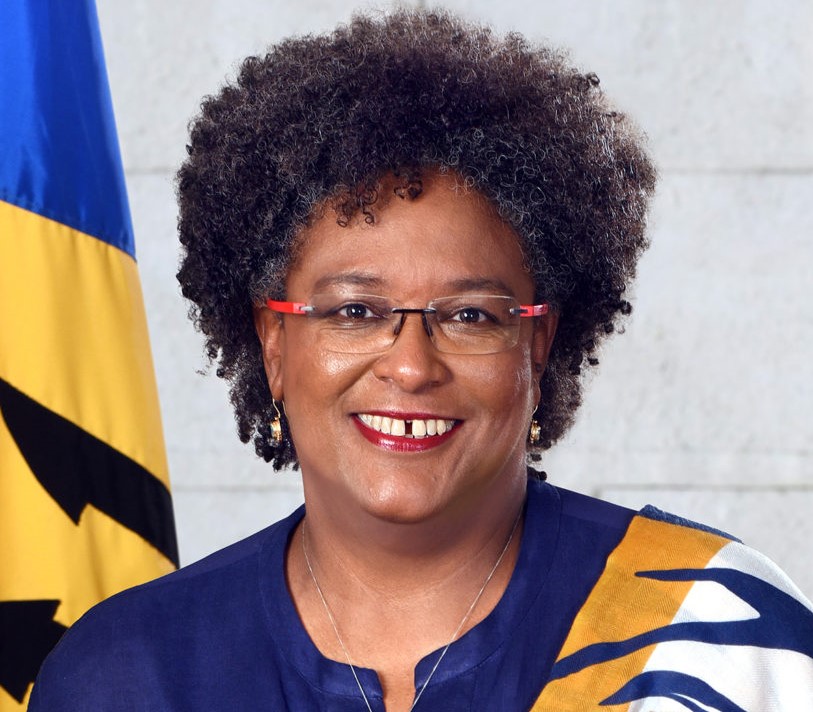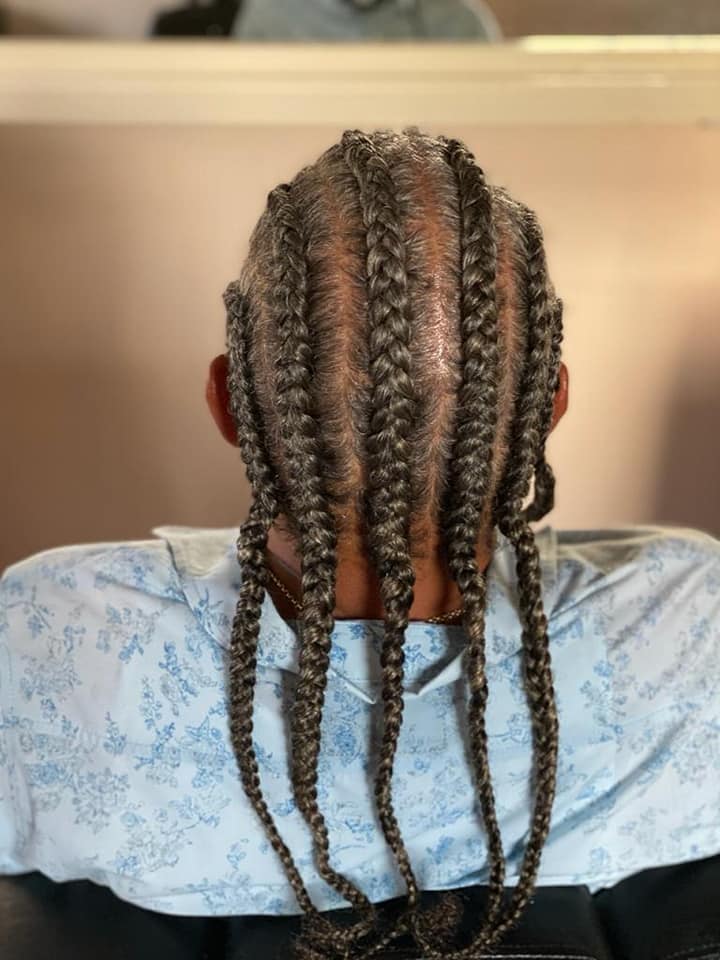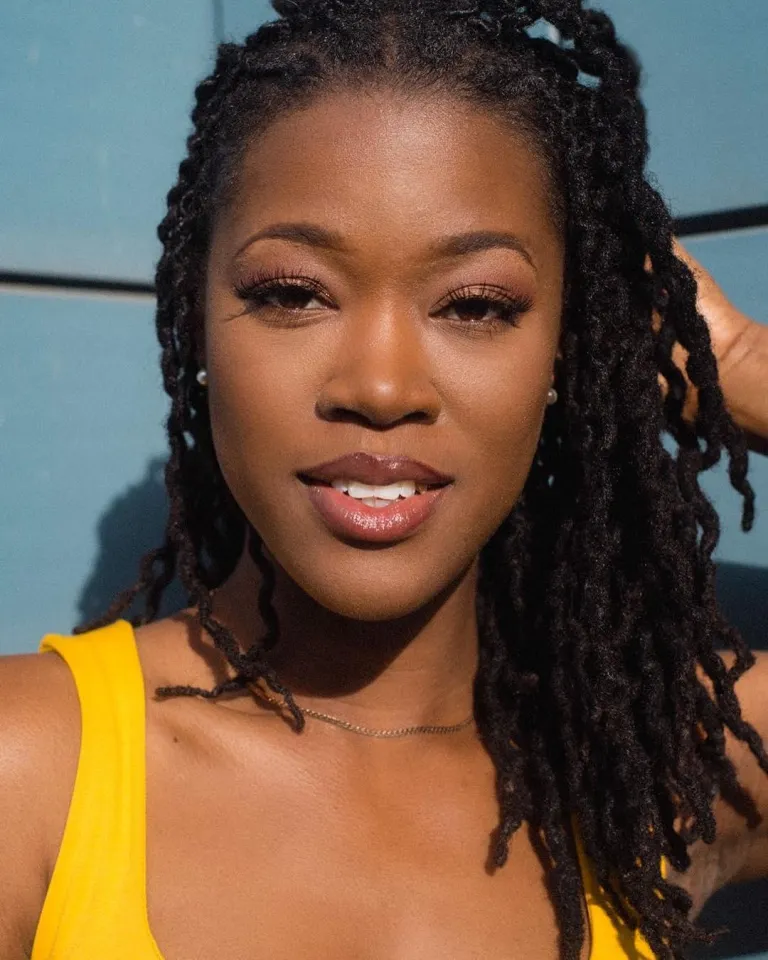By: Rahym R. Augustin-Joseph
Dear Archbishop Gabriel Malzaire,
When our society discusses national issues, status quo commentators always have a common thread of ‘implicit assumptions’ that are not based in empirical fact or knowledge, but are rooted in ‘if it is not broken why fix it?’
As a matter of fact, the constant objections to the grooming policies of schools — or as Bob Marley sung Who Feels It Knows It — as manifested in wanton disobedience, ministry response and disregard by students and parents, litigation, and the widespread debate in the society about its origins, nature, impact, and relevance are all signs of a broken system.
I thus disagree with the Archbishop that the ministry’s intervention “is stripping the school of their authority to set and enforce reasonable standards which … essentially mould young people into disciplined and responsible citizens.” His argument operates on the implicit assumption that the ad hoc and scattered policies were reasonable and not patently discriminatory against a certain cross-section of students. Further, what is incorrect is the assumption that the Ministry is not empowered as the chief policy-making machinery to create grooming policies in the school environment.

The warning by the Archbishop that “lowering standards is not the way forward for our schools” is an implicit assumption worthy of troubleshooting, as it suggests that the current standard is relevant and purposeful.
The current standard operates on a few myths, and as George Lamming noted “certain myths refuse to die long after the needs which created them have passed away.”
It creates a somatic norm image that all students must obey and accept. This standard in a population of 85 per cent of Black people, approximates neatness, decency, respectability, tidiness, and discipline through a Eurocentric lens, as the markers of these categories are always European hairstyles and peoples. It suggests that if black hair is to be accepted in schools and within the society, it should not be let out, or run ‘wild’, but instead should be tamed, tidy, and kept neat, lacking any of the expression that is inherent in black hair.
The interrogating question though, is what is the determinant of ‘neatness’ and ‘tidiness’? What influences the utilisation of these words, and also who are the determinants of what neatness, tidiness et cetera is, and where do these implicit ideas come from? What, if anything, does our history and research provide for us as a baseline understanding and interpretation of neatness and tidiness, and how are these policed for different types of peoples and hair?

The approximation or the comparisons with Europe is evident as these policies are not equally applied to children with non-curly hair, i.e., white/Indian and some mixed race students. As such, as noted by some research, the black students must cut or shave their heads to conform to an abstract centimetre length, crafted in the like manner of a lottery ticket, while those who are white, Indian or mixed race are permitted to wear their hair in its form and their manners of design, notwithstanding its contravention of the length requirements. These students are the pillars of examples and the somatic norm image of respectability, decency and neatness.
As such, this is at odds with the Archbishop’s naïve notion that “this is not about discrimination against natural hair or about failing to appreciate cultural identity, and that our young people must be taught to value their natural beauty and cultural heritage.” Enforcing policies which preclude the wearing of hairstyles that are intrinsic to the Black Child, with the latter being classified as nasty, untidy or unkept is discriminatory. It is even more discriminatory when the wearing of their natural hair in certain manners is forbidden, while others are permitted and celebrated.

One must therefore ask, what or where does the Archbishop envisage young people being meaningfully taught to value their natural beauty and cultural heritage, if not within their schools ‘beyond show and tell’ or one day of Africa Liberation and Expression Days. Everyday should be Africa Liberation Day, particularly since we are all Africans because Kwame Nkrumah is apt when he defines an African as living inside of us as opposed to the jurisdictional requirements of living there.
It is also an implicit assumption that permitting black students to have agency, equality, and expression will fuel ill-discipline.
Or, as the Archbishop puts it “what is being presented as progress, may, in fact represent the lowering of standards in a system where discipline is already under severe strain.”
But, what fuels the ill-discipline in the current system? And how does hair fit into the proliferation of ill-discipline?
Isn’t the Archbishop conflating some ideas here such that ill-discipline can be seen as due to a failure to instil value systems through the other agents of socialisation and the individualism that is perpetuated through global capitalism as manifest in our society?
How does the permitting of young people to wear their hair as they desire, within a constrained environment, contribute towards ill-discipline?
Is there any empirical or qualitative proof that the permitting of hairstyles will contribute towards ill-discipline?
Certainly, discipline should not be merely seen as the slavish ability to follow the rules set by the school and wider society without questioning or interrogating its purpose and impact. Instead, it should be seen in a modern context as the appreciation and following of rules that are understood and legitimised by the followers. Such that, they are following it because it ‘mek sense’ and not just because it is. It is how we build young people with critical thinking within our society.
Another implicit assumption made, which has not been tested and may be a fallacy, is the view that the current hair standards positively contribute towards academic success.
So what of the Hon. Mia Mottley, the Late Sir Dwight Venner, Dianne Kentish Rogers, Hon. Bradley Felix, et cetera who have succeeded ‘despite and in spite’ of their hair being what would be classified as ‘unneat’ and unkept. There may be other ‘soft’ skills that contribute, but the case has not been made for hair and academic success. Instead, this reeks of an education system fighting desperately for control over students’ autonomy and expression under the fictional, untested guise of ‘dressing for success.’
The Archbishop’s notion of “allowing extreme hairstyles, flamboyant colours, or fashion driven trends in schools distracts from the learning environment and fosters individualism at the expense of the community identity, and that freedom without boundaries will lead to destruction” is also an implicit assumption.
Clearly, the accuracy and sustainability of the Archbishop’s arguments rest on its extremities and not in the nuanced, reasonableness of the policy, where most of the debate is held.
I ask you, Archbishop, to identify any individual within the society that is advocating for ‘extreme hairstyles’ or hairstyles with colours or utilisation of ‘fashion trends.’
Some will argue that ‘today it will be hair, then tomorrow it will be uniforms, and the day after it will be school’ et cetera. Not only is this hypothetical, it is incorrect and a fallacy, as we should not deal with social issues only on the basis of predicting what else others may argue for in the future. If that rationale were to be utilised, there would be no freedoms for black peoples in the Caribbean. And certainly, there should not be the denying of rights just on the basis that more freedoms may then be requested in the society. Each freedom should be assessed on its own basis and merits.
And the fallacy inherent in the argument when flipped shows how inaccurate and nonsensical it is — as why doesn’t one argue that if we constrain freedom, individuals will keep chipping away at our freedoms and thus we will be without it before we realise?
Instead, what is being requested is the acknowledgement and appreciation for black peoples and black culture. To have significant appreciation and resonance for their hair — through locks, braids, large natural afros et cetera. As such, I agree with the Archbishop that “we must not trivialise this matter and hairstyles, while seemingly external, communicate much about identity, order, and values.”
But, where I will differ is any insinuation that the current moment is a lowering of standards, antithetical to maintenance of discipline and success in schools. Instead, it is an attempt to embrace the hair and the inherent histories of the black child.
These are not solely ‘fashion trends’ but have a deep ideological and anti-colonial grounding as a response to the Eurocentric notions, which policed the black hair to determine how and where it should be worn, while approximating the ‘how’ to the Eurocentric somatic image.
All that is being requested is the commitment of the formal institutions of the country, particularly the school, to embrace the uniqueness and cultural relativity of the black child, as a component of education, as opposed to a reinforcing of the ingrained colonial stereotypes of what is deemed ‘neat’, ‘tidy’, ‘clean’ as manifested in European hairstyles.
As a matter of fact, the Archbishop is accurate about the importance of values in building active citizens, and permitting the above will signal a commitment to providing students with the enabling environment to express and love themselves, their culture, their beliefs, their ideological prisms, and also in turn building confidence in them in this increasingly racial and polarised world.
Some may argue as the Courts have in Virgo and Alexander Elliot et cetera, that the students lack conviction through their desires to wear these hairstyles. But is the conviction to be judged externally for validity, or is it being intrinsic sufficient?
Moreover, the idea of distracting from the learning environment is a technical response to an ideological problem, which can easily be fixed through reorganisation of classrooms. But what is interesting about using the technical to respond to the ideological is how other hairs, which may be ‘distracting’ , have never had to be ‘tamed’ to conform to learning environments, but such taming must be done for a black child to learn.
On a further ideological note — the Archbishop is also making a politically expedient statement, suggesting that allowing hair will increase individualism as opposed to community. It is problematic as it is elevating the current standard of discrimination, anti-cultural, and anti-historical position as somehow being the lynchpin of the community identity, when the current position is only benefiting and sensitive to the cultural realities of the minority, at the expense of most blacks. The unique and authentic community identity is present only if black peoples are allowed to embrace and wear their hair as they deem fit, in line with their culture and history.
But it is also telling and worth interrogating what the Archbishop means by ‘community identity’, as these terms are always utilised to delegitimise the voices and experiences of the unique individual, who must now be attentive and respectful to the community voice which does not respect his or her uniqueness and cultural relativity and factor it as part of the identity. Homogeneous policies and unanimity do not take away from a community identity.
In fact, the Archbishop’s identification of the important, manifest values of education — discipline, leadership, et cetera — is not at odds with permitting hairstyles in schools, as in this instance, the two are not mutually exclusive and can also work side by side without infringing on the other.
In the end, I urge the Archbishop to re-examine his long-held implicit assumptions surrounding school grooming policies, as it reflects Eurocentric norms while suppressing black cultural identity and expression. Certainly, the latter must be appreciated and does not conflict with some of the manifest values of education as suggested by the Archbishop. Or, rather those supporting the status quo ante have not made that case beyond a reasonable doubt.




